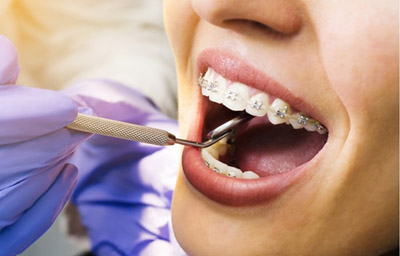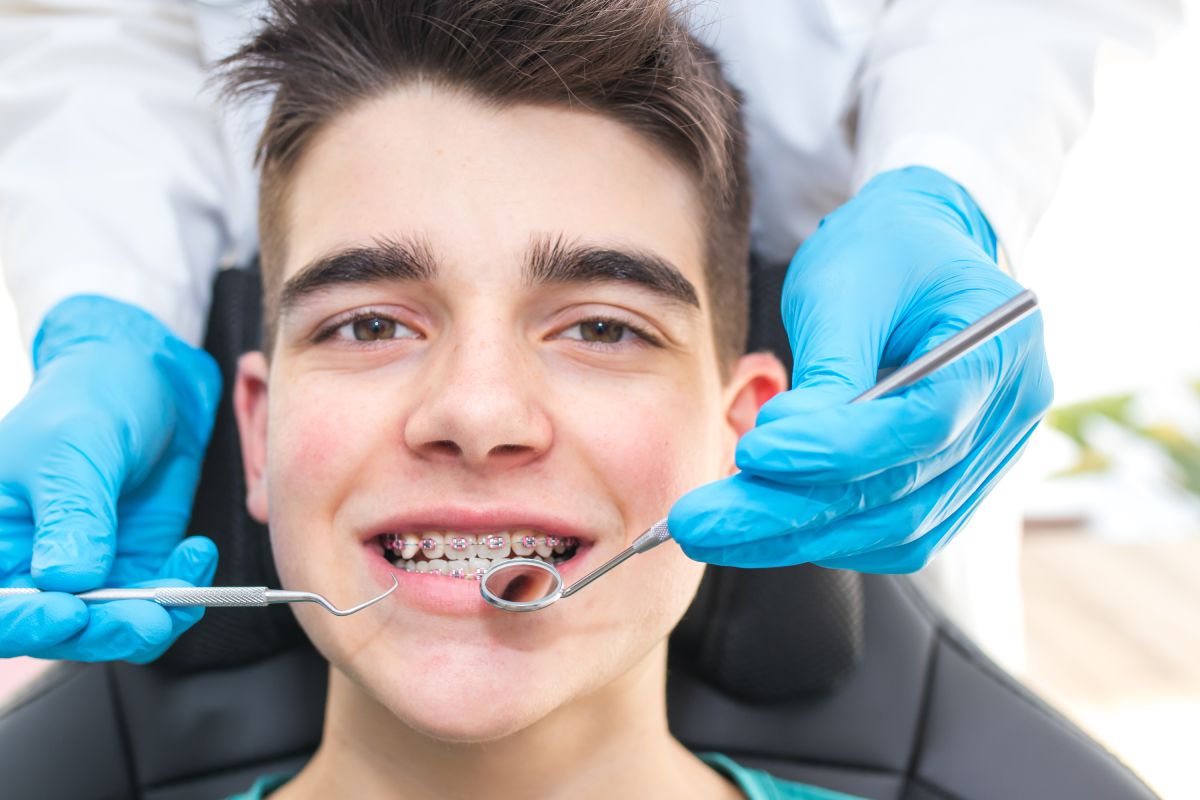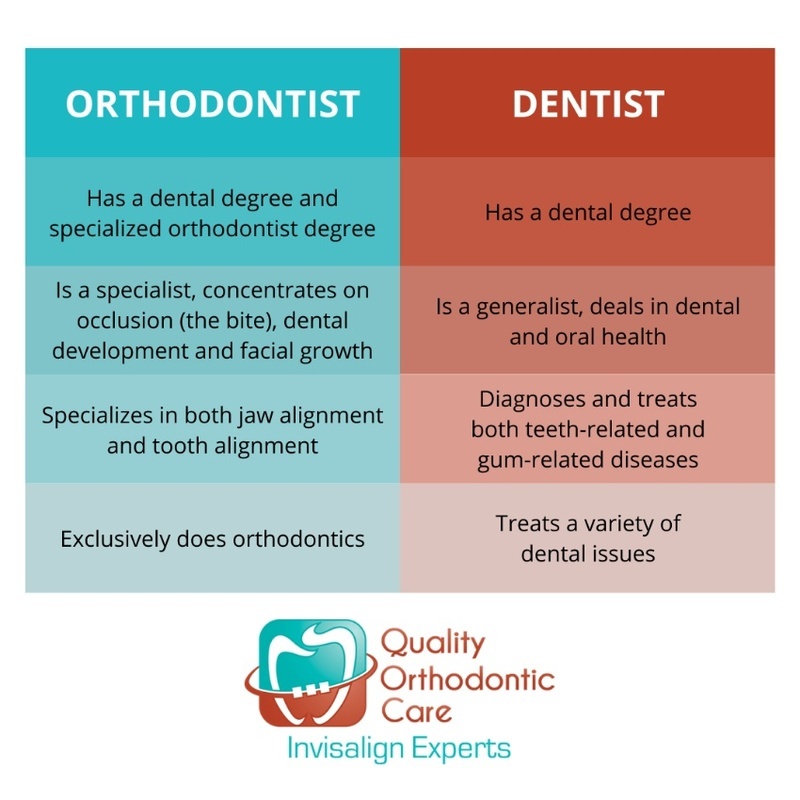The Single Strategy To Use For Causey Orthodontics
Table of ContentsA Biased View of Causey OrthodonticsFascination About Causey OrthodonticsNot known Details About Causey Orthodontics Causey Orthodontics - An OverviewGetting My Causey Orthodontics To Work
Neglecting occlusal connections, it was typical to get rid of teeth for a range of dental concerns, such as malalignment or congestion. The idea of an intact teeth was not commonly appreciated in those days, making bite correlations appear unnecessary. In the late 1800s, the principle of occlusion was necessary for producing reputable prosthetic replacement teeth.As these principles of prosthetic occlusion progressed, it came to be a very useful device for dental care. It was in 1890 that the job and effect of Dr. Edwards H. Angle began to be really felt, with his contribution to contemporary orthodontics particularly notable. Concentrated on prosthodontics, he taught in Pennsylvania and Minnesota before routing his attention in the direction of dental occlusion and the treatments required to keep it as a normal problem, hence coming to be known as the "papa of contemporary orthodontics".

The idea of perfect occlusion, as postulated by Angle and incorporated into a category system, allowed a shift in the direction of dealing with malocclusion, which is any type of discrepancy from normal occlusion. Having a complete set of teeth on both arcs was extremely searched for in orthodontic therapy because of the need for specific connections between them.
10 Simple Techniques For Causey Orthodontics
As occlusion came to be the essential priority, facial proportions and aesthetic appeals were neglected - emergency orthodontist near me. To achieve suitable occlusals without utilizing outside forces, Angle proposed that having excellent occlusion was the most effective means to gain optimal face visual appeals. With the passing away of time, it came to be quite obvious that also a phenomenal occlusion was not suitable when thought about from a visual perspective
Charles Tweed in America and Raymond Begg in Australia (who both studied under Angle) re-introduced dentistry extraction into orthodontics during the 1940s and 1950s so they might enhance facial esthetics while likewise guaranteeing much better stability concerning occlusal connections. In the postwar duration, cephalometric radiography started to be utilized by orthodontists for determining changes in tooth and jaw setting brought on by growth and treatment. It became evident that orthodontic treatment can readjust mandibular growth, bring about the development of useful jaw orthopedics in Europe and extraoral force steps in the US. Nowadays, both useful home appliances and extraoral tools are applied around the world with the purpose of amending growth patterns and kinds. Subsequently, seeking true, or at the very least improved, jaw partnerships had actually ended up being the main purpose of therapy by the mid-20th century.
Things about Causey Orthodontics
 Up until the mid-1970s, dental braces were made by covering metal around each tooth. http://www.localzz360.com/directory/listingdisplay.aspx?lid=69231., it ended up being feasible to rather bond metal brackets to the teeth.
Up until the mid-1970s, dental braces were made by covering metal around each tooth. http://www.localzz360.com/directory/listingdisplay.aspx?lid=69231., it ended up being feasible to rather bond metal brackets to the teeth.Andrews offered an informative meaning of the excellent occlusion in permanent teeth. This has had significant results on orthodontic therapies that are carried out routinely, and these are: 1. Appropriate interarchal connections 2. Correct crown angulation (suggestion) 3. Appropriate crown inclination (torque) 4. No turnings 5. Limited get in touch with factors 6. Apartment Contour of Spee (0.02.5 mm), and based upon these concepts, he uncovered a therapy system called the straight-wire device system, or the pre-adjusted edgewise system.
The advantage of the style hinges on its bracket and archwire mix, which calls for just very little cable bending from the orthodontist or clinician (orthodontist services). It's appropriately named after this attribute: the angle of the port and thickness of the bracket base ultimately determine where each tooth is situated with little demand for added control
Causey Orthodontics Can Be Fun For Anyone
Both of these systems employed similar brackets for each and every tooth and required the flexing of an archwire in three aircrafts for finding teeth in their wanted positions, with these bends determining supreme positionings. When it concerns orthodontic devices, they are divided right into 2 types: detachable and fixed. Detachable devices can be handled and off by the patient as needed.

Thus, nearly all modern-day fixed appliances can be taken into consideration variations on this edgewise appliance system. Early 20th-century orthodontist Edward Angle made a significant contribution to the globe of dentistry. He created 4 unique device systems that have been used as the basis for lots of orthodontic treatments today, preventing a few exemptions.
Some Known Factual Statements About Causey Orthodontics

The cord finished in a thread, and to relocate onward, a flexible nut was used, which permitted a rise in circumference. By ligation, each individual tooth was connected to this extensive archwire (cheapest orthodontist near me). As a result of its restricted series of movement, Angle was unable to attain exact tooth positioning with an E-arch
These tubes held a firm pin, which could be rearranged at each visit in order to relocate them in location. Dubbed the "bone-growing home appliance", this contraption was supposed to motivate much healthier bone growth as a result of its capacity for moving force straight to the roots. Executing it proved bothersome in reality.